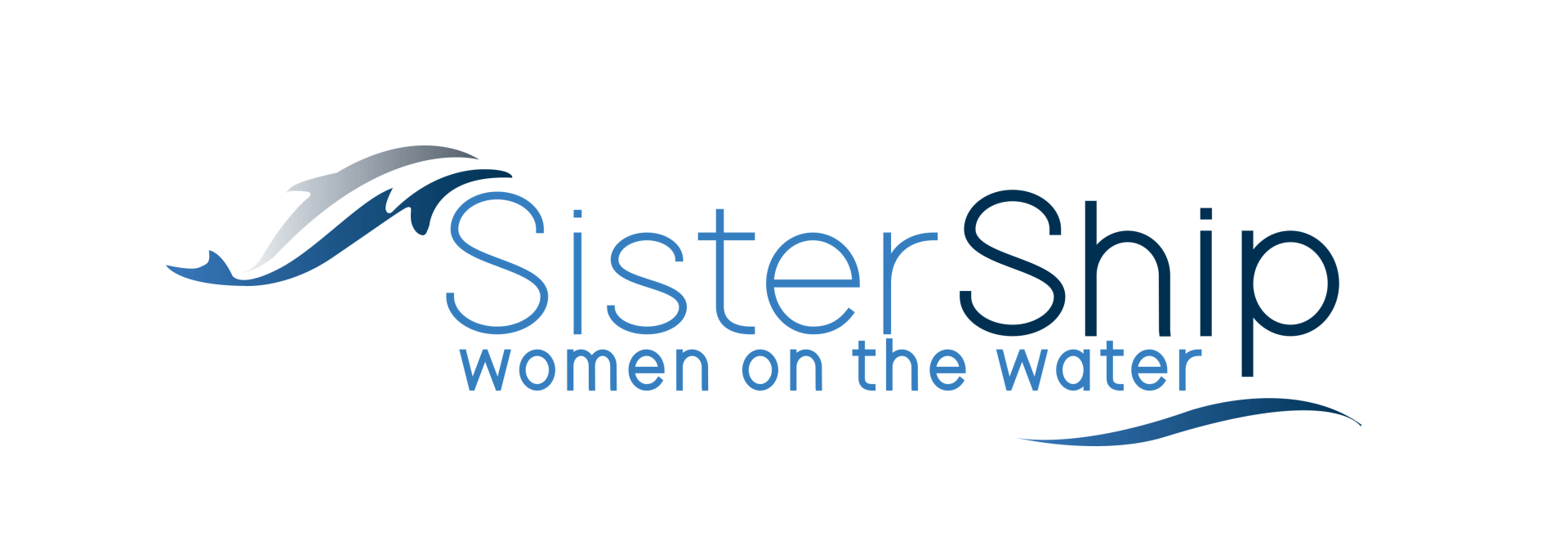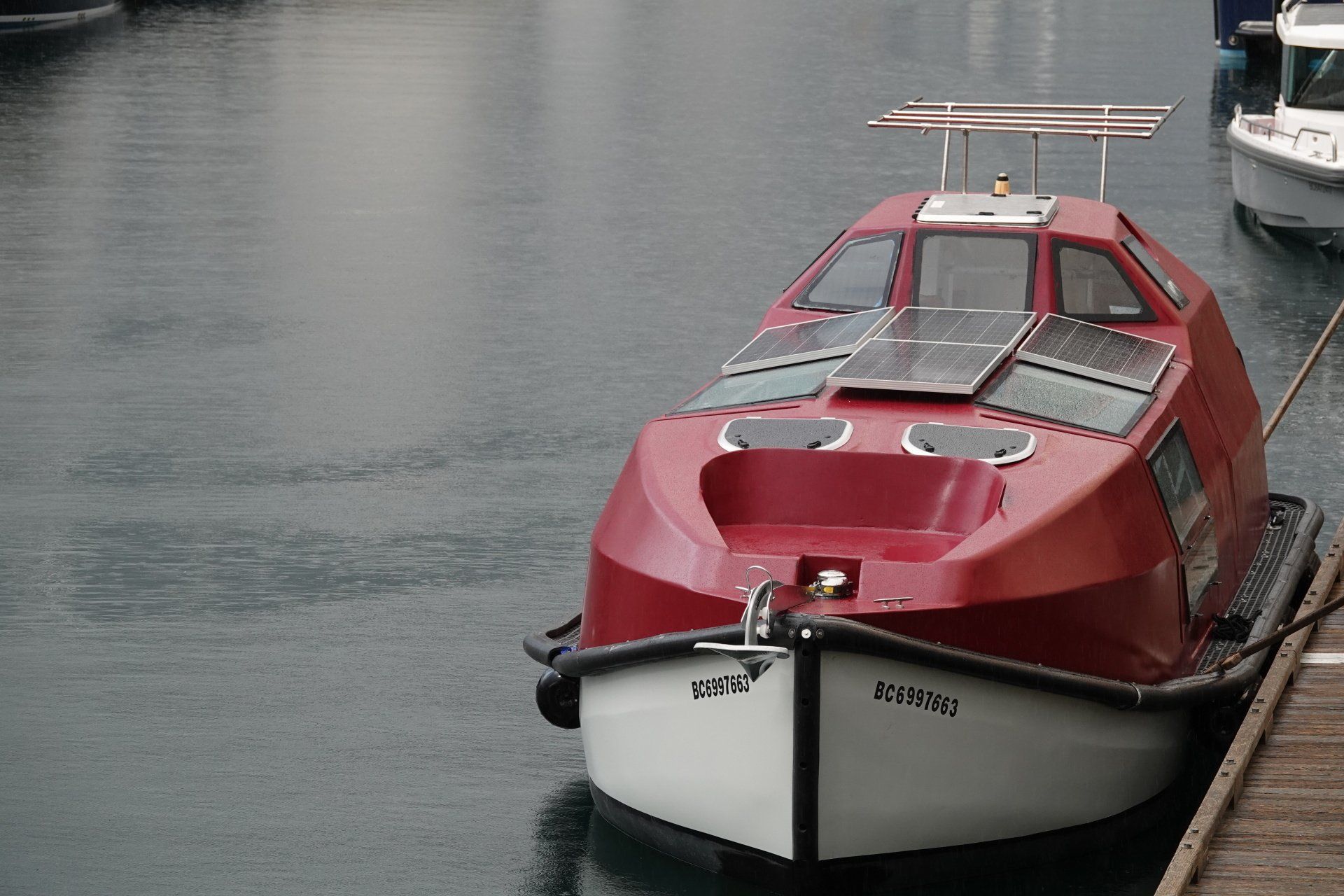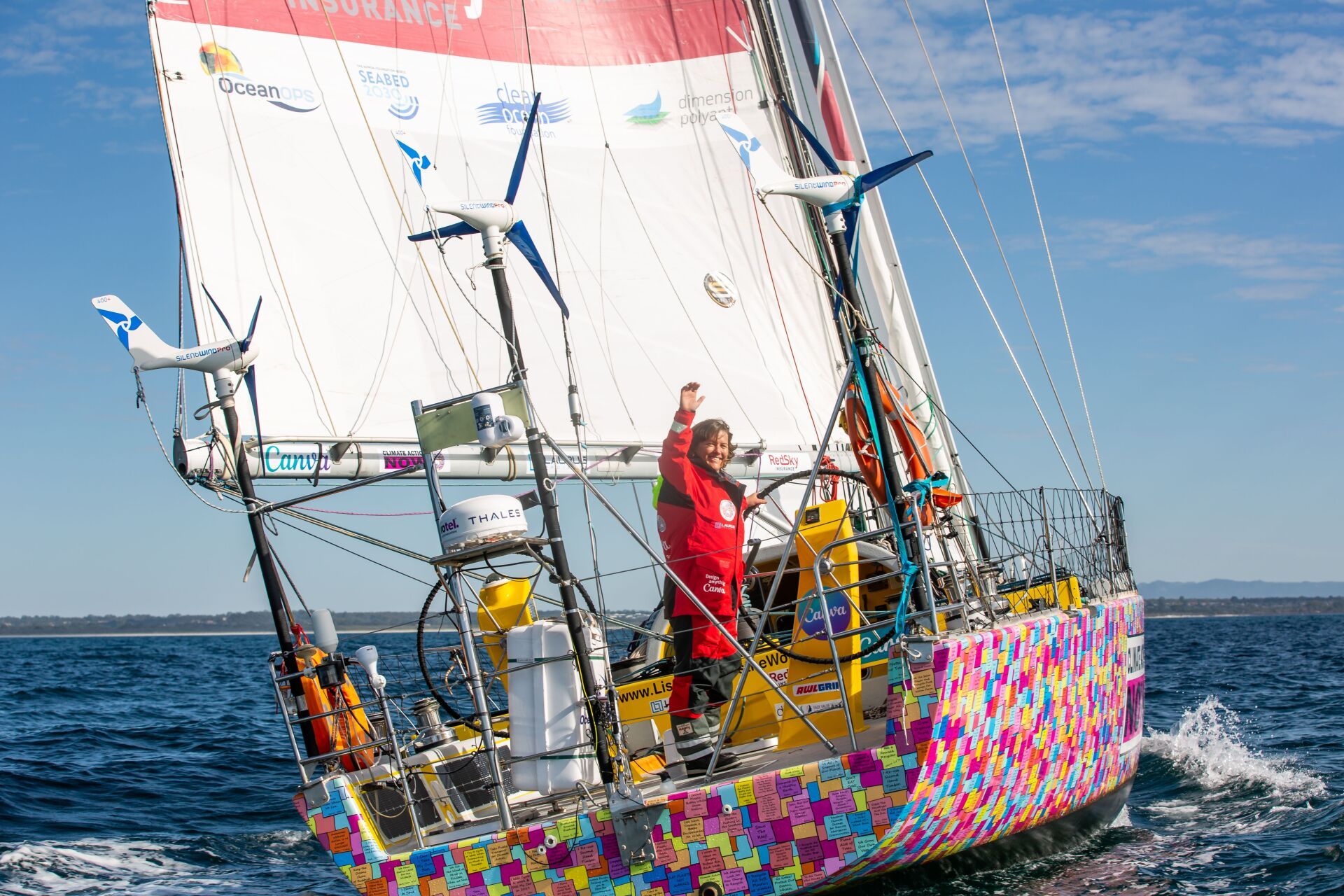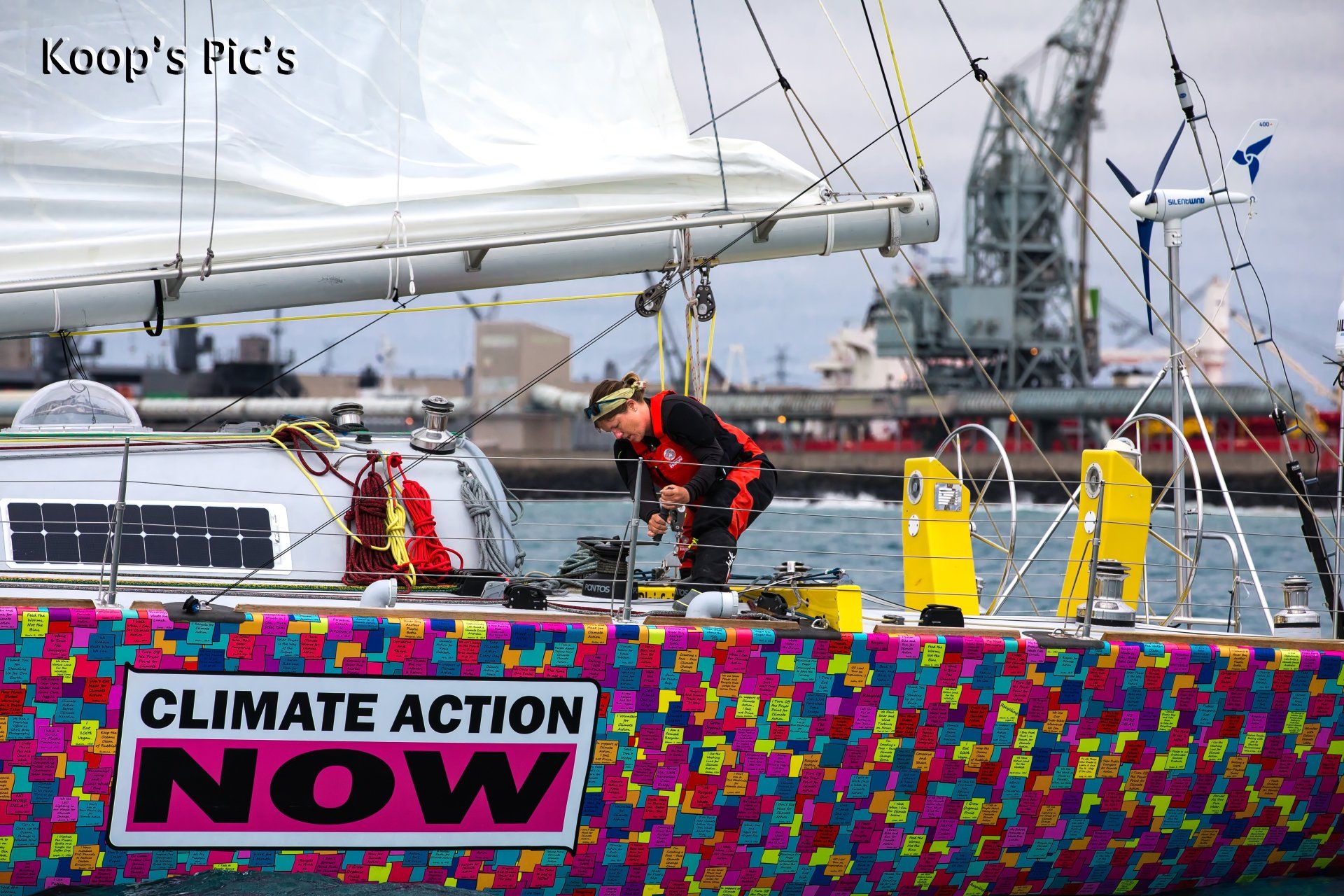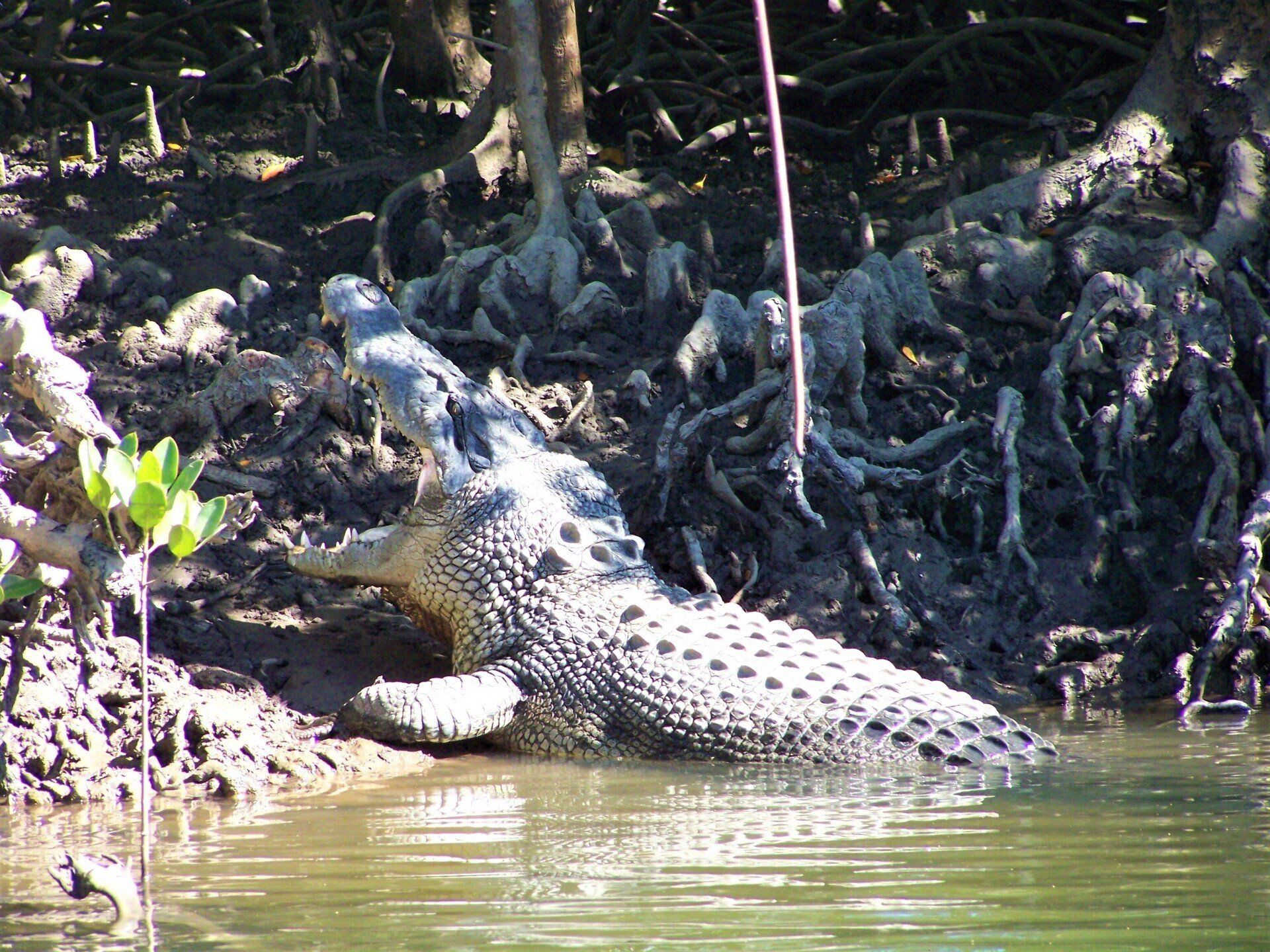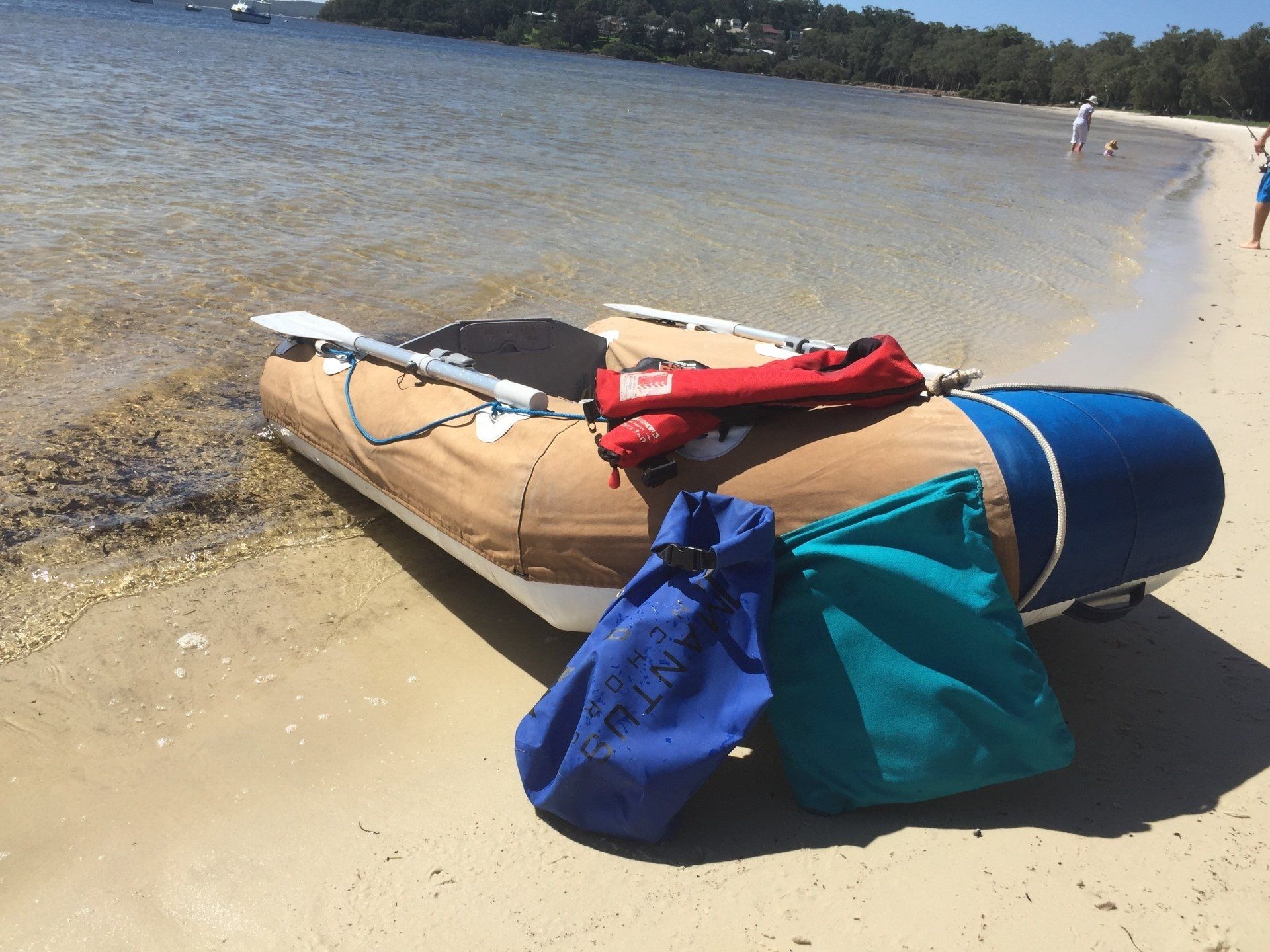Alaska Endeavour
A new life for an old Army T-boat
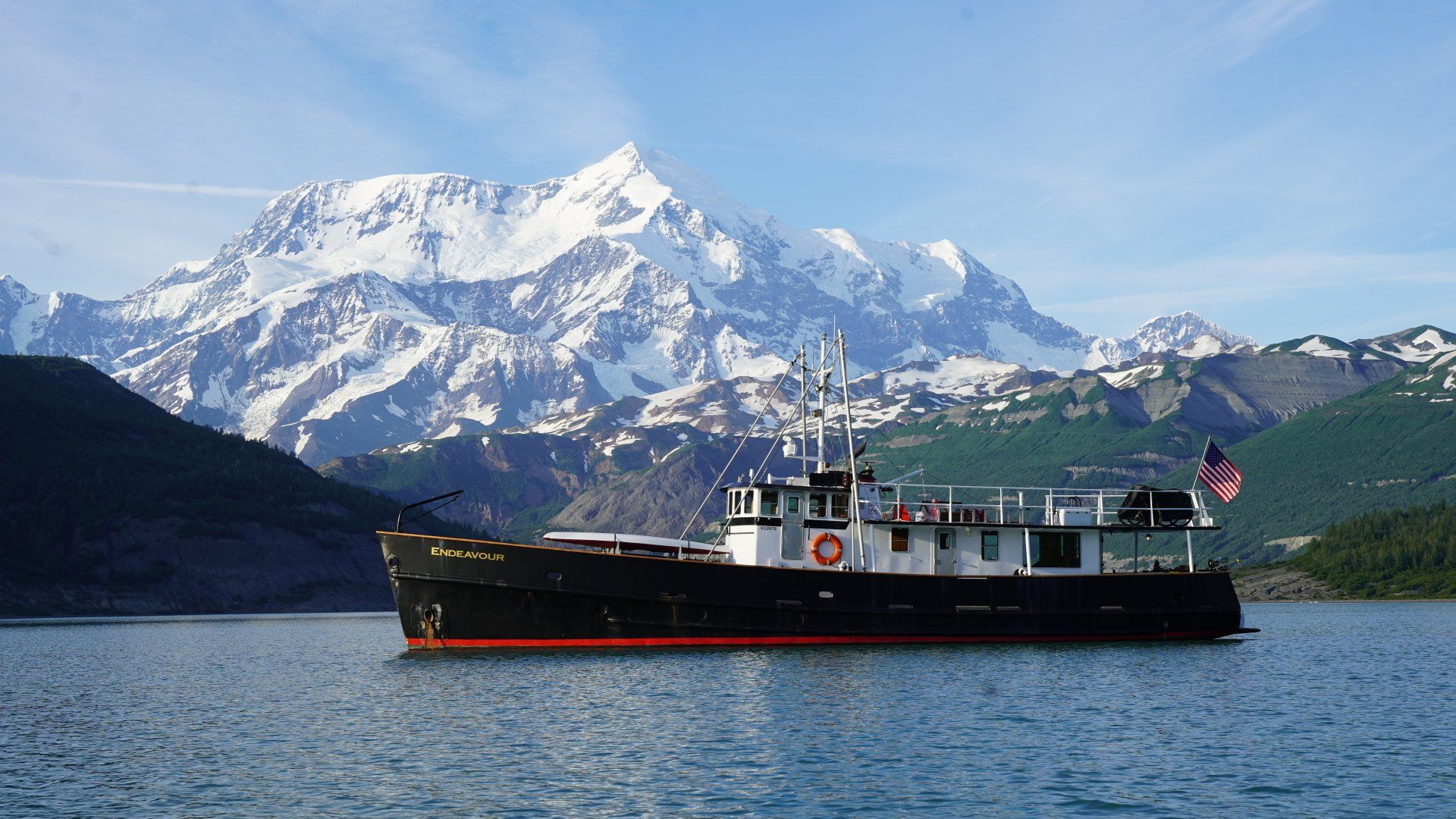
Portholes closed and tightened, dehumidifiers emptied and turned on their sides, skiff and kayak straps cinched. Dishes and dishrack, stowed. Engine room checklist, complete. There’s a storm barreling toward us on the stern of our single screw, steel-hulled ship, and we’re about to transit the 137 nm from Torch Bay to Yakutat in one fell swoop — 18 hours of churned up seas along the Lost Coast of Alaska. The name is apt as there are very few safe anchorages, little in the way of services, shallow coastal waters more prone to confused seas, and miles from help of any sort if one should need it.
We might have broken our trip by laying over in Lituya Bay, but its history of tsunamis gives this mariner pause: four have been recorded in the last 150 years, the most famous in 1958 when an earthquake-triggered landslide unleashed a massive tsunami, displacing over 90 tons of rock and ice and creating a 1,700-foot run-up wave in the process (the trim line tells the story). I’m not particularly superstitious, but I pay attention to history that repeats itself in the same place, be it a williwaw or an earthquake-induced tsunami. You might call it an overabundance of caution, but I call it sensible.
In cases like this, we take turns working three-hour shifts at the helm, our dog Bella tucked in next to us in the center of the pilot house berth — the most stable spot on the boat. She burrows under a blanket and keeps body contact with whoever is on watch. Like Bella, we all know what to do to take care of ourselves when the path from Point A to Point B is strewn with crashing waves rather than rose petals. But there’s no panic, or complaint; we just take care of business and prepare ourselves to live with discomfort for a day.
On my sixth year of living and working aboard, I can’t imagine moving through life any other way — responding to the moment, hour by hour, minute by minute. My former life included a corner office, an actual wardrobe, a freeway commute, and a seat at the leadership table. It will surprise no one reading this that it was frighteningly easy to abandon it all in favor of an old Army T-boat, work that had built-in adventure and purpose, and endless hours scraping, sanding, varnishing, painting, and pantry cooking.
The research vessel Endeavour began its life in 1954 at the National Steel and Shipbuilding Corporation in San Diego, CA, where it was built for the US Army for service during the Korean War. Along with the 84 other T-boats that were unfinished when the war ended, ours was repurposed for peace time work. It was put into service in the federal prison system, serving as a transport ship for both Alcatraz and McNeil Island prisons. In the late seventies it was sold into surplus and converted, over time, into a comfortable liveaboard. The hull was extended (to 72 feet) and a doghouse put in the bow to give us ample headroom below deck. There are three staterooms and two heads with showers – a far cry from its original look and purpose.
We took possession of the ship in 2007, but it wasn’t until 2020 that we were ready to start research work. We had already booked two museum-related archaeology trips in Southern California for that summer when the pandemic hit, and all our work was cancelled. We decided to alter the plan and head north instead to explore Alaska until we could make a new one. We left our slip in Seattle’s Lake Union in the spring of 2020, found a home on Alaska waters and now operate Alaska Endeavour, a non-profit dedicated to supporting scientific, marine-based research.
Our destination on this trip was the Kenai Fjords in the Gulf of Alaska, where a glaciologist and his team were committed to completing repeat photography of glaciers in over 80 image sites in the fjords to assess the extent of climate-related glacier retreat over time. Some of the comparison images dated back to 1908 and the most recent, 2015. Locating each site precisely, the team took new photographs, capturing the same field of view as the historical images. The scientists on this expedition were committed to telling a compelling story in an unambiguous way, using the photograph series to do it. It’s incredibly effective and particularly dramatic when the newer images show mature and lush vegetation where once, not too long ago, sat the terminus of an ancient glacier.
After stopping in Yakutat for a few days to wait out the storm, we made our way to Icy Bay, some 70 miles northwest, which gave us a rare glimpse of sunshine, glaciers, and the breathtaking vistas of Mt. Saint Elias. Straddling Alaska and Canada, Mt. St. Elias is one of the highest peaks in North America, second only to Denali. Icy Bay is unpopulated and huge, but just about everywhere one turns, the mountain is there, the very definition of majestic. We used our skiff to meander through the icebergs, each one laid out in relationship to the others as if the entire tableau had been carefully curated. When the sun’s rays hit them, they dazzled and came to life like a sentient force. Getting as close as we could, we drifted among the bergs, feeling their history and power — their aliveness palpable, even now disconnected from its source. It’s like being in a museum, an amusement park, and a church, all at once.
Alaska is an excellent environment to witness geologic history through ice and rock, but it’s ground zero for the future, too. Mountain glaciers, like those in the Kenai Fjords, provide about half of glacial melt water contributions to sea level rise. Between the 1950s-1990s, annual volume loss in Alaska glaciers was double that of the Greenland ice sheet. One of the main inspirations for our work is to highlight the stories that nature is telling us through the lens of the scientific process. My husband and partner, Bill, puts it this way, “We’re doing this because we believe the more we all know about our natural world the more we appreciate it, and the more we appreciate it the more we will all want to protect it. Science — especially presented as a good story — leads to conservation.”
From my perspective, it’s difficult to view glaciers with impartiality. Whether miles away or right in front of my nose, I feel sharp and alive in their presence. I experience awe, fear, wonder, and profound respect for the power and ultimate fragility of each glacier I see. I can’t imagine not visiting them. I know people feel the same way about the woods, deserts, or the mountains, and would be similarly heartbroken were any of these sacred spaces to fade away.
Which is why it’s so heartbreaking to watch them melt, as they so clearly are. Glaciers are the single largest reservoir of fresh water on earth. When they melt, the sea level rises. Chances are, when my granddaughter’s daughter reaches adulthood, it will become clear to everyone the impacts of rising sea levels: coveted coastal properties may well be under water and the biodiversity of the ocean will have shifted.
During any expedition, I can invariably be found in one of three places: on the top deck taking my own photos, out in my kayak exploring new bays, or in the galley preparing three meals a day for everyone on board. Initially intimidating, planning, prepping, and cooking for a team is a Tetris-like activity and an unexpected use of strategic thinking skills. The longer expeditions will blow through fresh produce after the first 10 days, which means the freezer and the pantry are my friends if I’ve stocked them properly. I also rely heavily on my countertop oven to produce fresh bread every day, granola, breakfast strata, and enchiladas. My stove takes care of soups and pasta dishes, and my aft deck grill is frequently fired up for burgers and brats, or grilled meat and fish. A dedicated hotplate and steep-sided pot are also squirreled away on the aft deck and ready to cook crab when we score on that front. As a scratch cook, I find myself in the galley for a good chunk of the day and I wouldn’t have it any other way.
I have always preferred a great deal of variety in my day-to-day life and surroundings. Living and working at sea is a perfect environment for deep learning and reflection that is continually cycling. Every day and sometimes multiple times a day, our surroundings change. The tides and currents change. The wind and wavelength change. As do the contours of my mind and the quality of my curiosity. In 2022 we will aid scientists studying both humpback and beluga whales, and the impact of fishing trawlers on the ocean floor. We will support and transport an international film crew and a scientist to an island in the Bering Sea to study and film one of the largest walrus haul out locations in the Western Hemisphere. I love to think about the way a ship built to support a war is now supporting science and education. Its life has evolved, just like ours have.
Patsy Clark Urschel is the co-founder of Alaska Endeavour, a research vessel operating from SE Alaska waters to the Bering Sea. She has had a long career as a consultant, evaluating and advising boards of directors and CEOs of for-profit and non-profit organizations. In the winter months, she maintains a virtual executive assessment and coaching practice from her home port of Petersburg, Alaska. Her personal blog about life on board is at www.OnTheEndeavour.com and Alaska Endeavour at www.alaskaendeavour.org.
Reprinted from SisterShip Magazine May 2022. Read more at SisterShip Magazine May 2022 by SisterShipMagazine - Issuu
Find all back issues of SisterShip Magazine at www.sistershipmagazine.com

Contact
editor@sistershipmagazine.com
Sign up for regular news from the Editor's desk, event notifications and lots more.
Thank you for subscribing to the Sistership News
Please try again later
All Rights Reserved | Sistership Magazine
Website proudly created by Saltwater Digital
